Between 1892 and 1954, Ellis Island served as the primary gateway for millions of immigrants arriving in the United States. These people came from all corners of the world, bringing with them their hopes, dreams, cultures, and traditions. One of the most captivating aspects of these new arrivals was the clothing they wore, which often reflected their ethnic backgrounds and the regions they came from.
Many of the immigrants arriving at Ellis Island wore traditional folk costumes that were unique to their home countries. These costumes were a visual representation of their identities and cultures, often worn with pride even in the face of the unknown future that awaited them in America. The folk costumes were not just clothing; they were a connection to the immigrants’ pasts, to the lands and communities they had left behind.
The Role of Augustus Sherman
Augustus Sherman, an amateur photographer and the Chief Registry Clerk at Ellis Island, captured some of the most iconic images of these immigrants. Sherman worked at Ellis Island from 1892 until 1925, and during his time there, he photographed many of the people who passed through the immigration station. His photographs provide a window into the diverse backgrounds of the immigrants and the various traditional costumes they wore.
Read more
Sherman’s subjects were often detainees—people who were temporarily held at Ellis Island while they waited for money, travel tickets, or someone to come and collect them. These individuals were in a state of limbo, caught between their old lives in their home countries and the new lives they hoped to build in the United States. The photographs taken by Sherman show them in a moment of transition, still dressed in the attire of their homelands, yet standing on the threshold of a new world.
The Diversity of Folk Costumes
The folk costumes worn by the immigrants were as varied as the people themselves. Each costume told a story of the wearer’s origin, social status, and cultural heritage. For example, many Eastern European immigrants wore elaborately embroidered blouses, vests, and skirts that were traditional in their home regions. These garments were often made by hand and passed down through generations, reflecting the craftsmanship and cultural values of their communities.
From the mountains of the Alps came Swiss and Austrian immigrants dressed in lederhosen and dirndls. These outfits, made of durable materials like leather and wool, were practical for the rugged landscapes of their homelands and were adorned with intricate embroidery and metal buttons. The dirndl, a traditional dress for women, was typically worn with a white blouse and an apron, while men wore lederhosen, knee-length leather breeches, often accompanied by suspenders and a woolen jacket.
Italian immigrants from rural areas often arrived in simpler, more functional clothing. Women might be seen in dark wool skirts and shawls, with their heads covered in scarves. Men wore loose-fitting shirts and trousers, with vests or jackets that were suitable for work in the fields. These garments were practical for the hard labor many of them were accustomed to, whether in agriculture or other manual trades.
Greek immigrants were often seen in traditional Greek costumes, such as the fustanella, a pleated white skirt worn by men, or the amalia, a costume for women that included a richly embroidered jacket and a long skirt. The fustanella was a symbol of Greek pride and independence, with its 400 pleats representing the 400 years of Ottoman rule over Greece. The amalia, named after Queen Amalia of Greece, was adorned with gold embroidery and often worn on special occasions or during national celebrations.
Immigrants from the Russian Empire, which included many different ethnic groups, wore a wide range of traditional costumes. Russian peasants often wore simple tunics called rubashkas, which were made of linen or cotton and decorated with colorful embroidery. Women from rural areas might wear sarafans, long dresses that were worn over blouses, with shawls or headscarves to complete the outfit. The Russian Orthodox cross, worn around the neck on a chain, was a common accessory, symbolizing the deep religious faith of many Russian immigrants.
Jewish immigrants from Eastern Europe, particularly those fleeing persecution in the Russian Empire, often arrived in modest clothing that reflected their religious and cultural traditions. Men wore long black coats and wide-brimmed hats, with beards and sidelocks that were a sign of their Orthodox Jewish faith. Women wore long skirts and blouses, with their heads covered by scarves or wigs, in accordance with religious customs. These garments, while simple, were deeply meaningful, representing the wearers’ commitment to their faith and community.


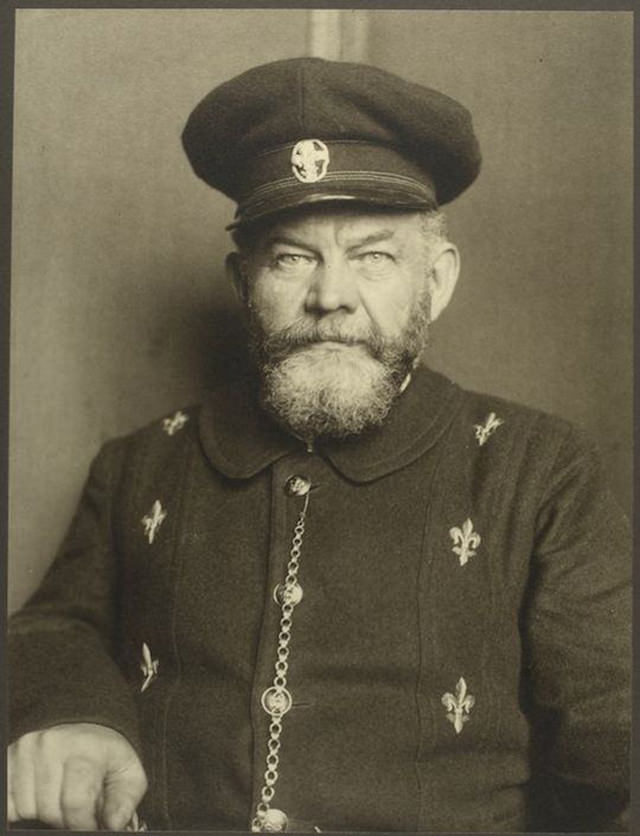
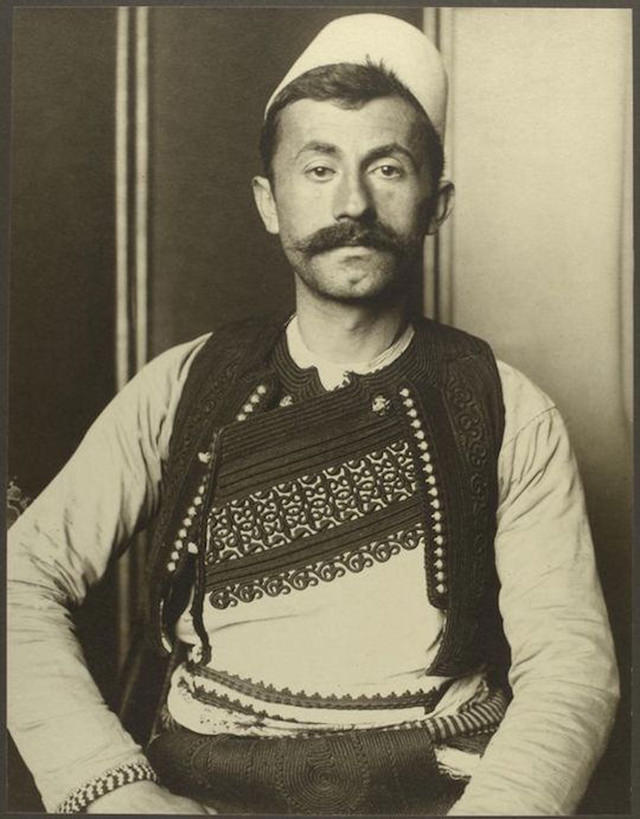
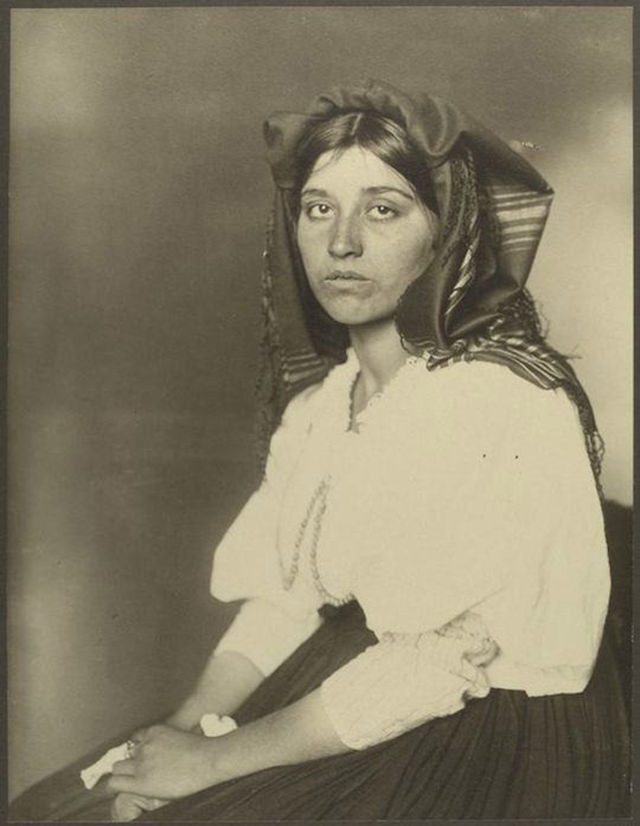
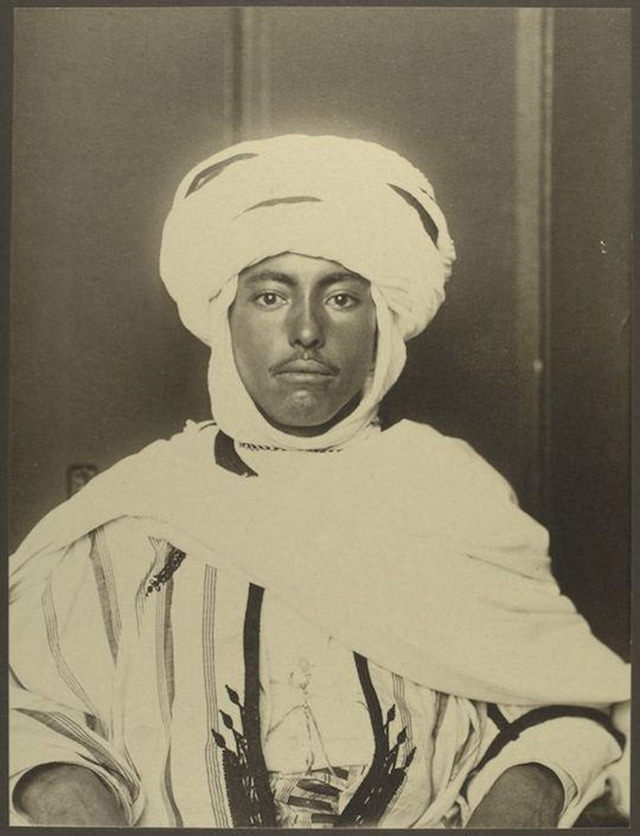
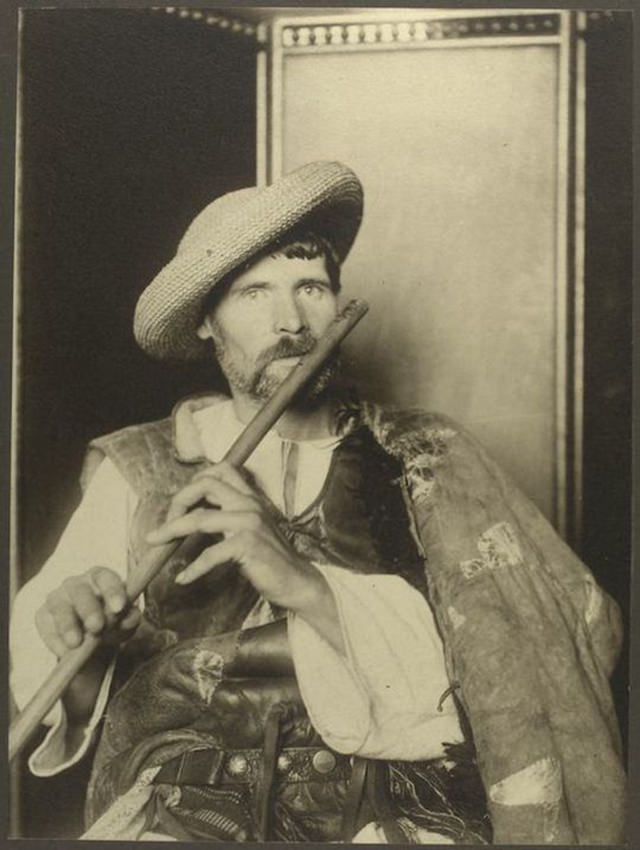
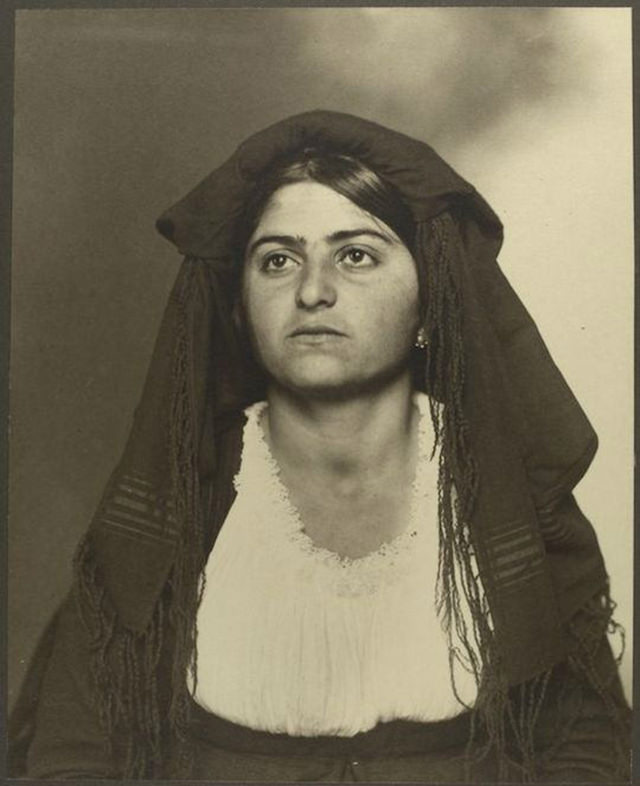
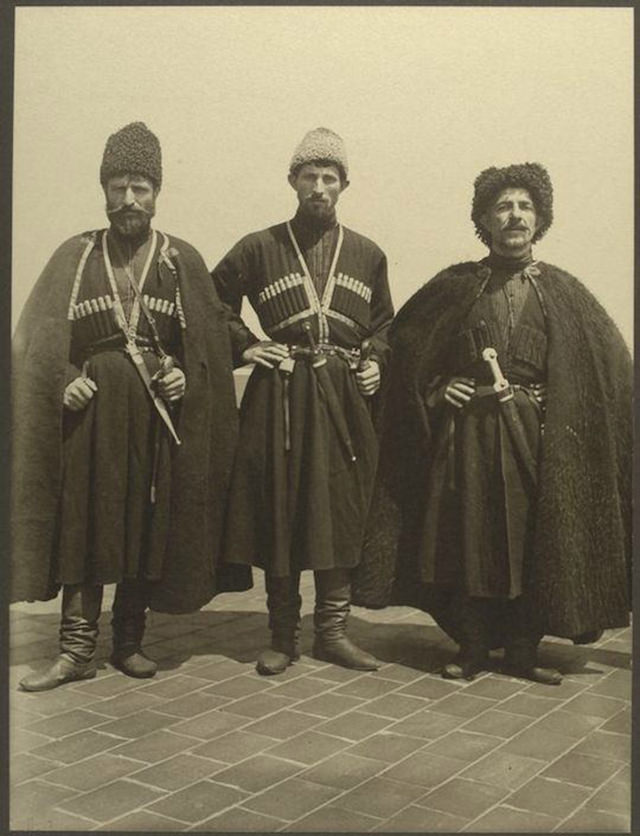
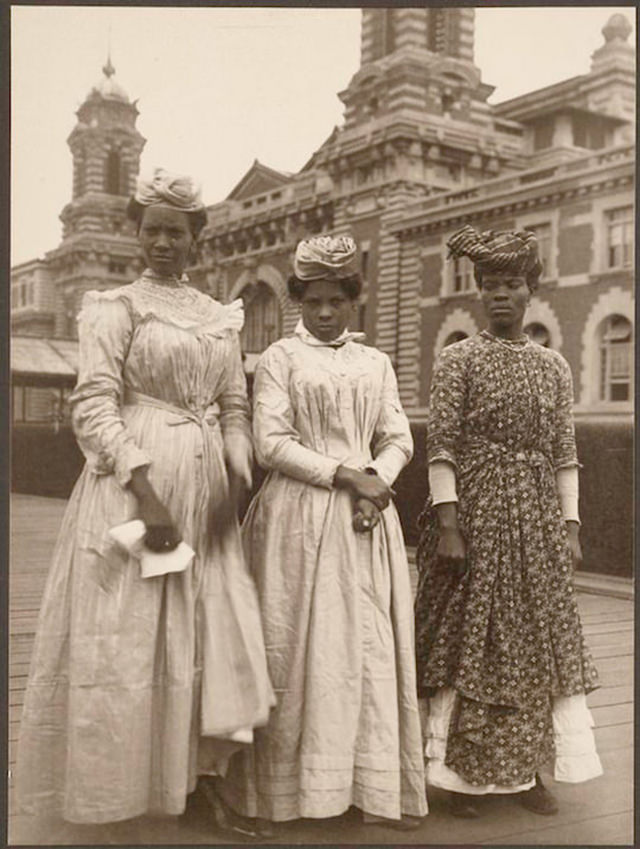
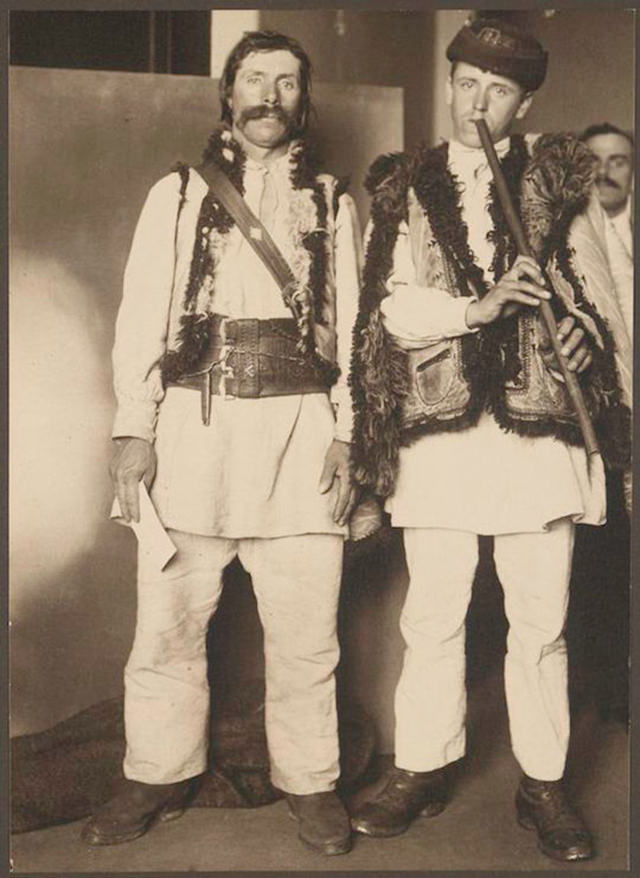
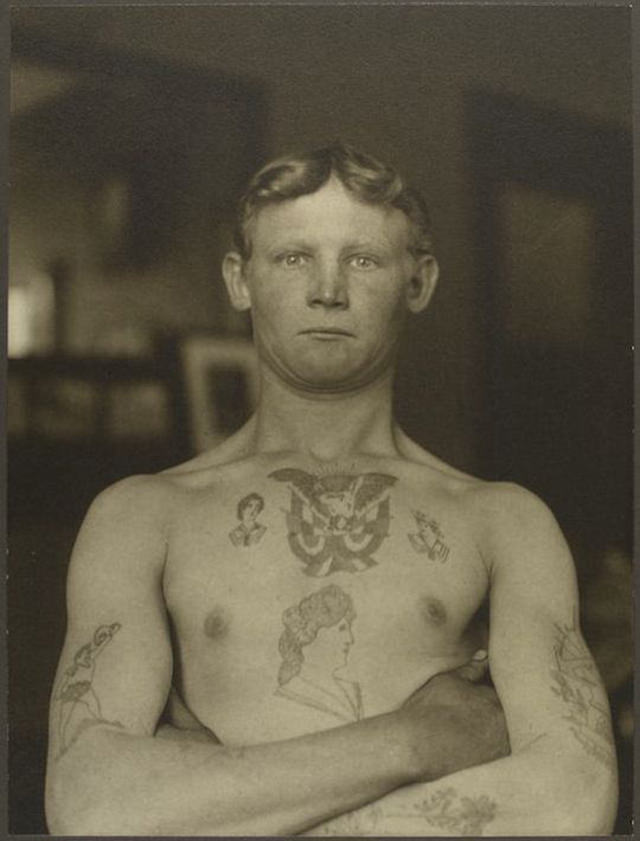
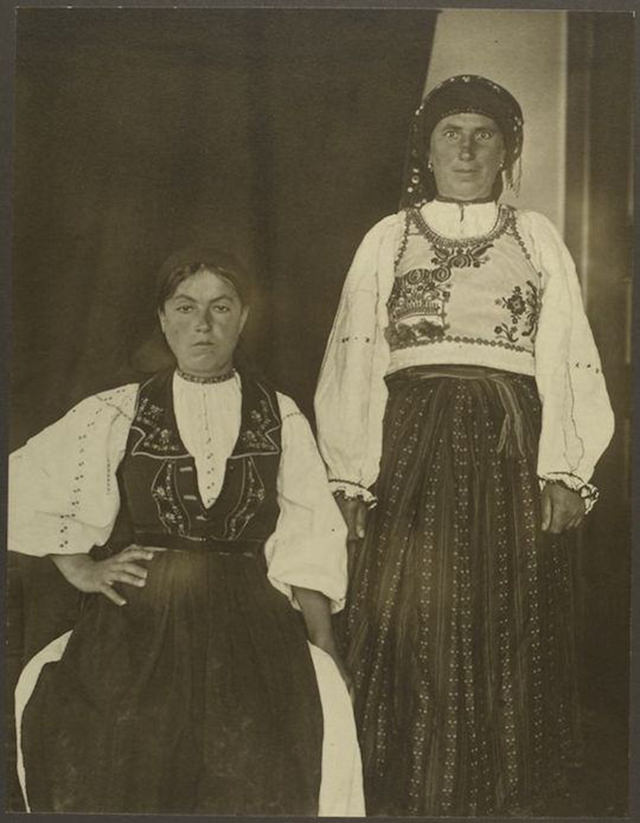
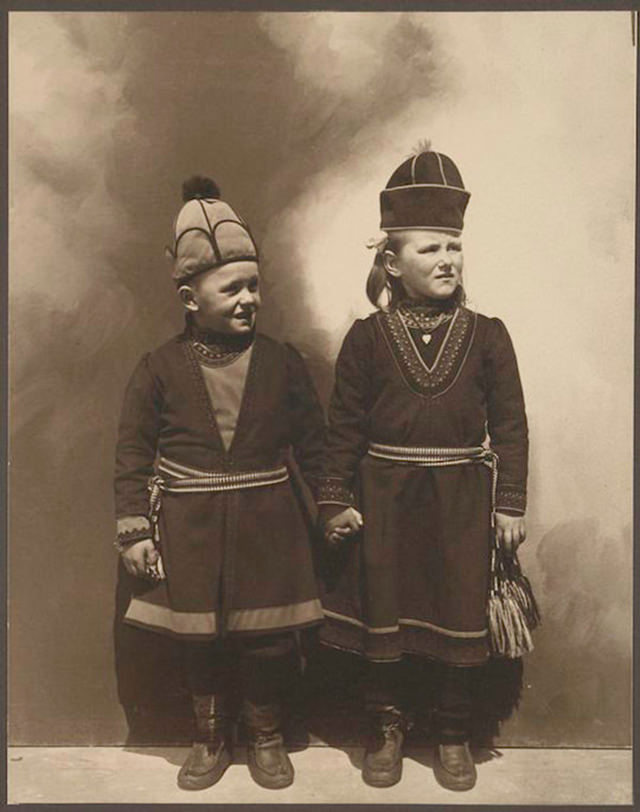
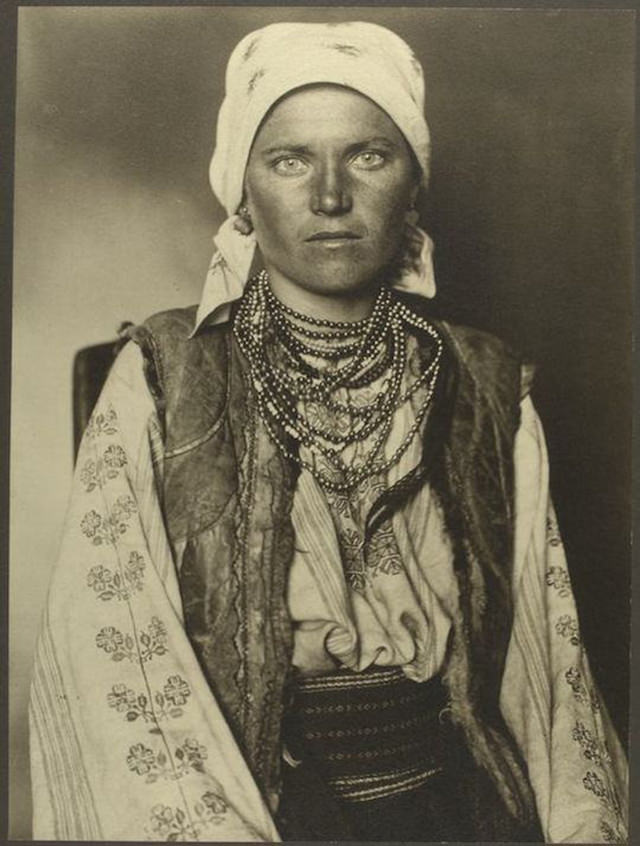
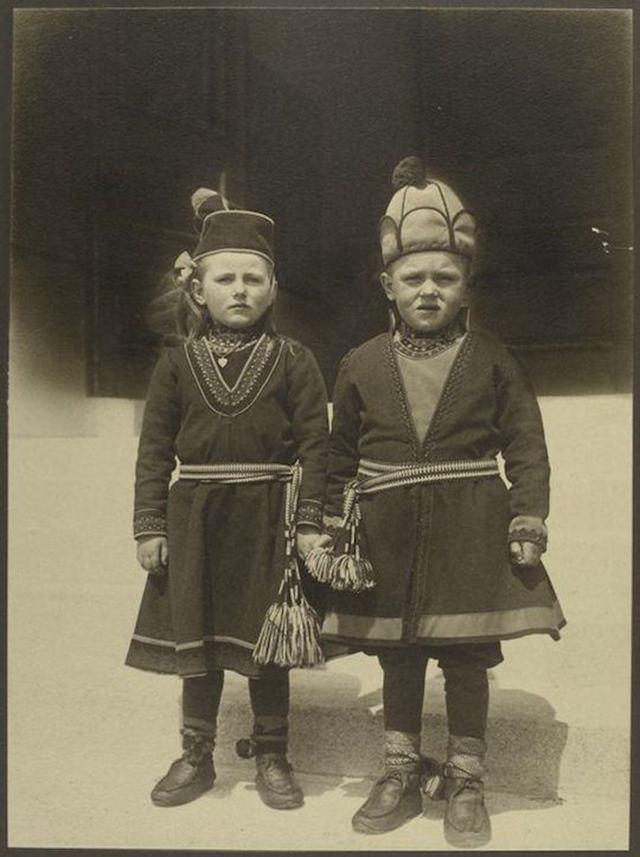
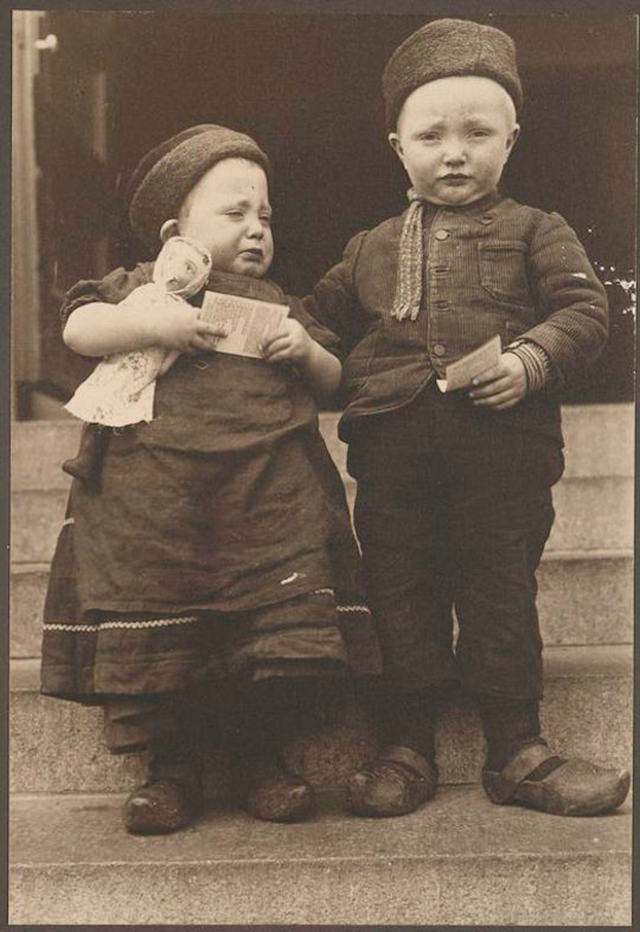
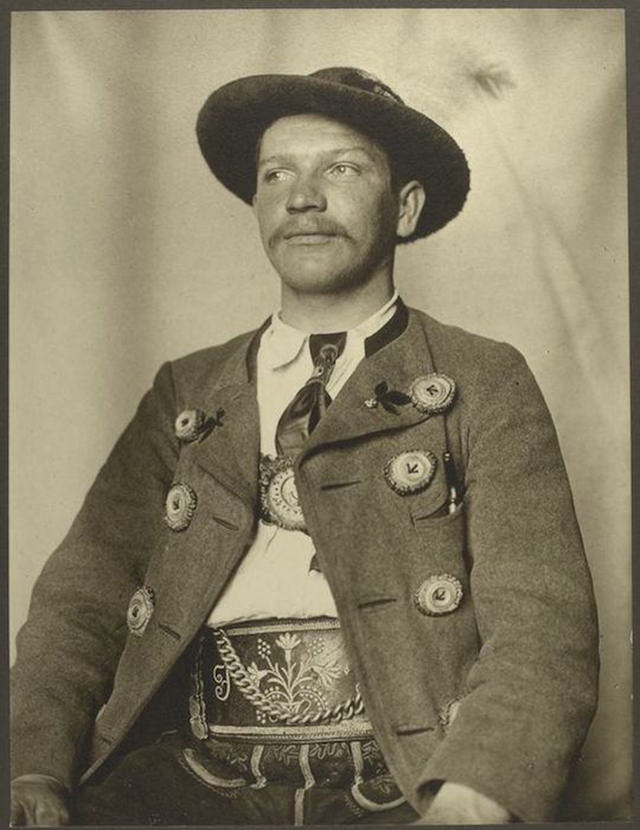
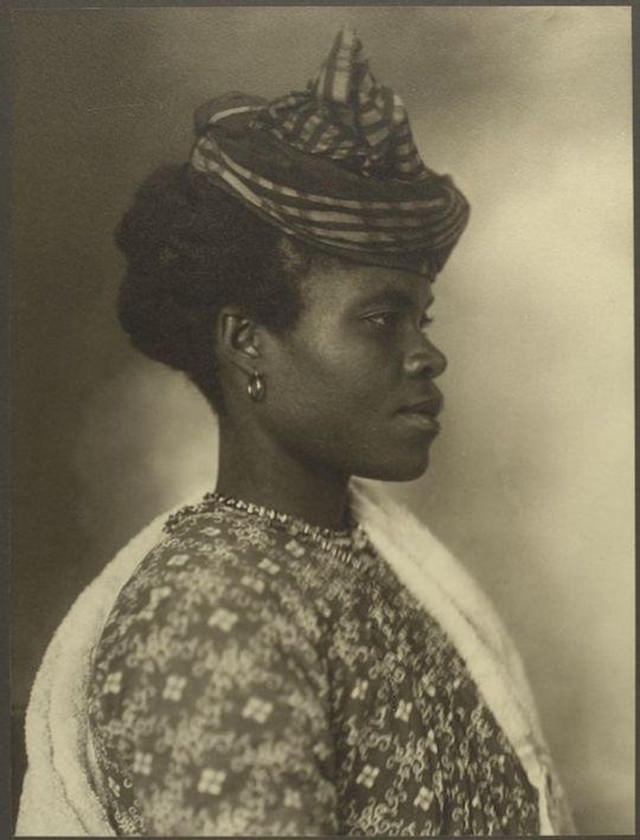
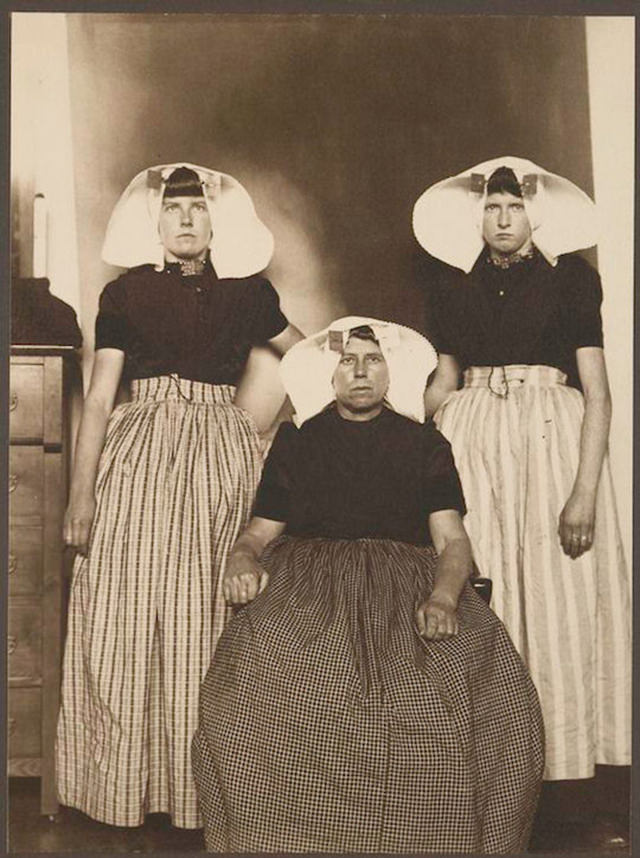
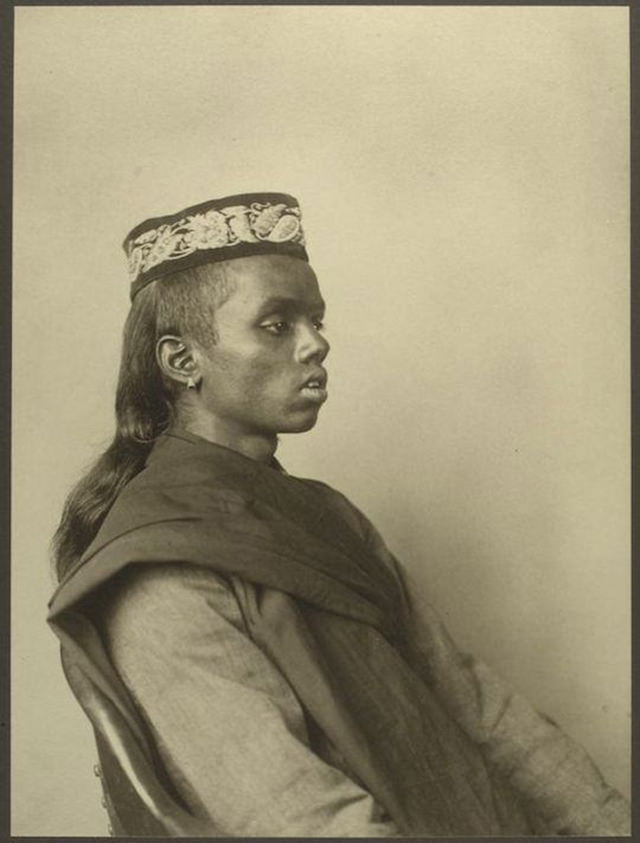
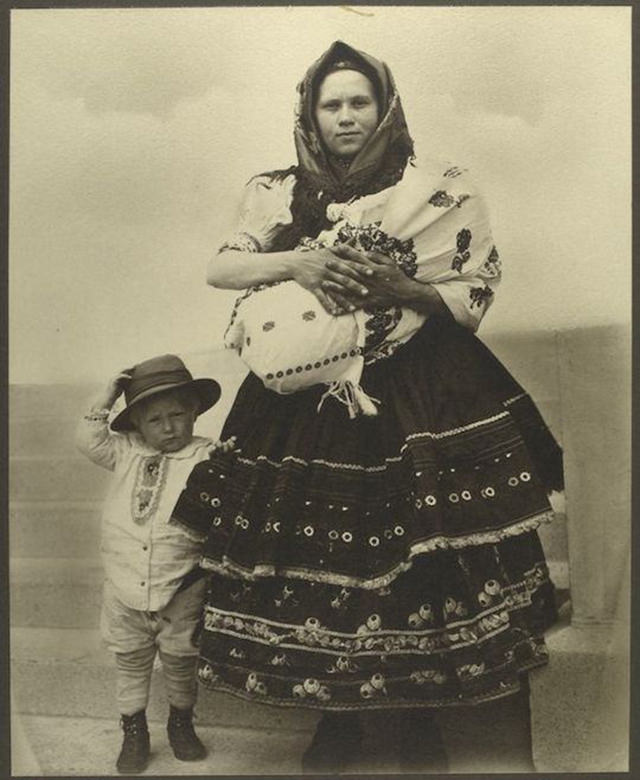
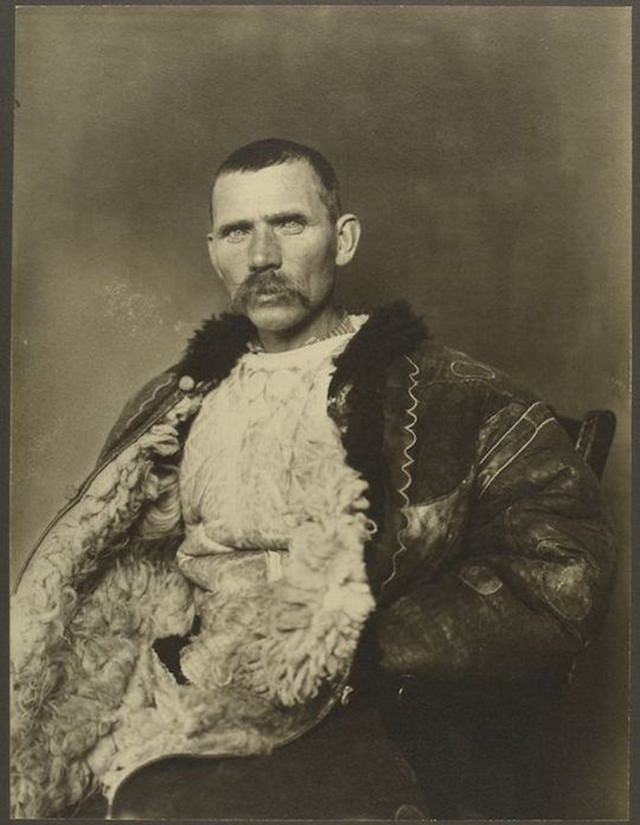
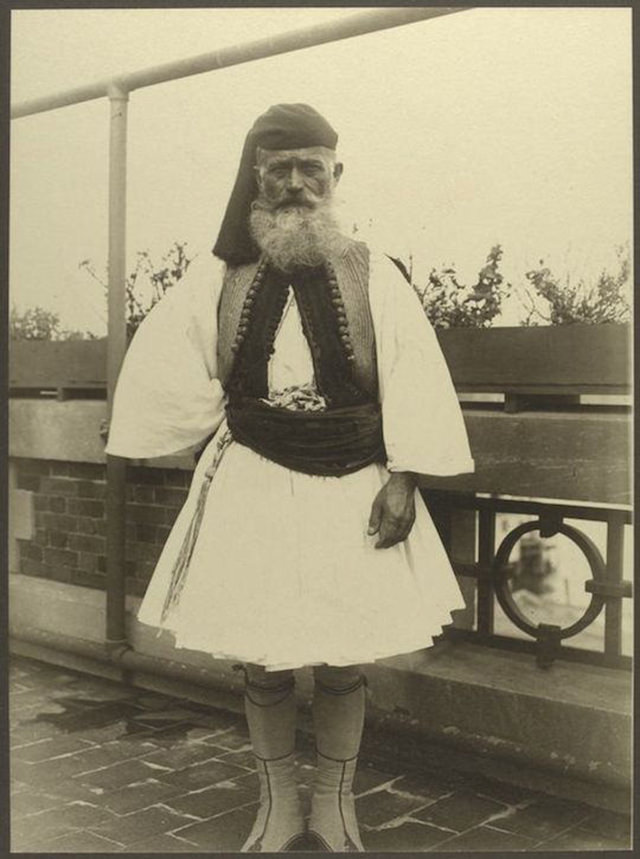
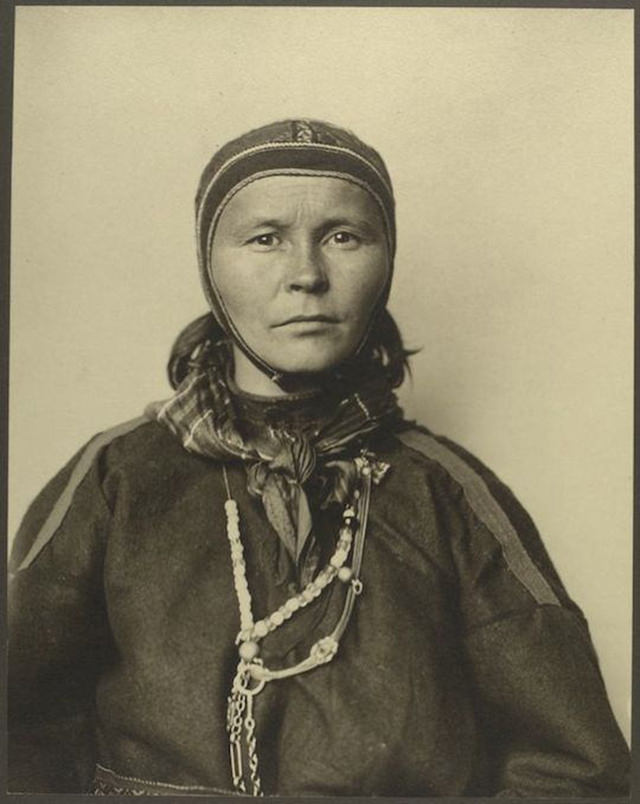
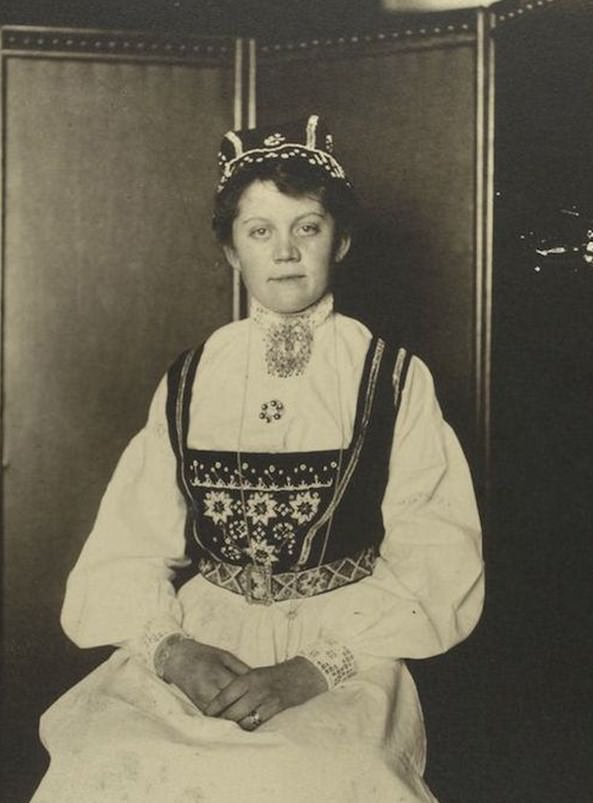
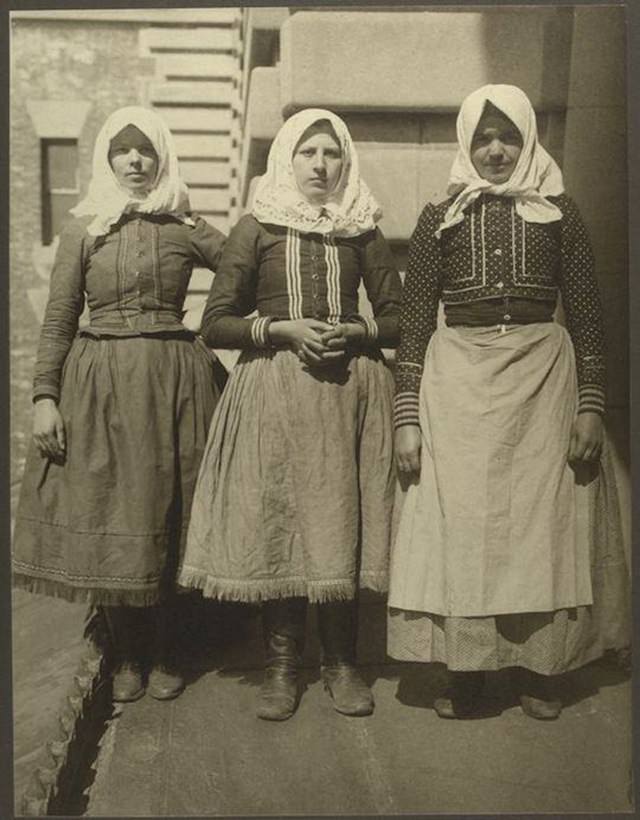
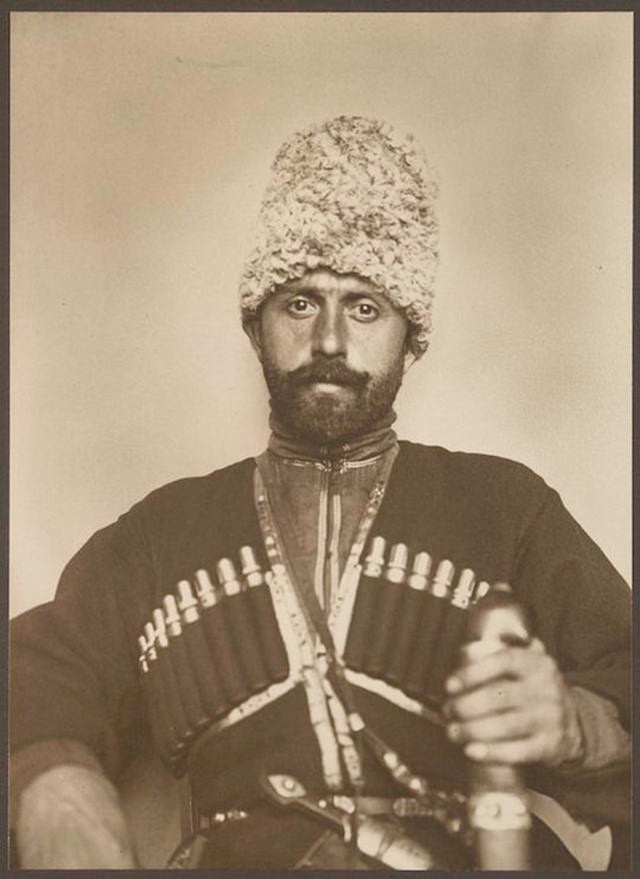

GIPHY App Key not set. Please check settings